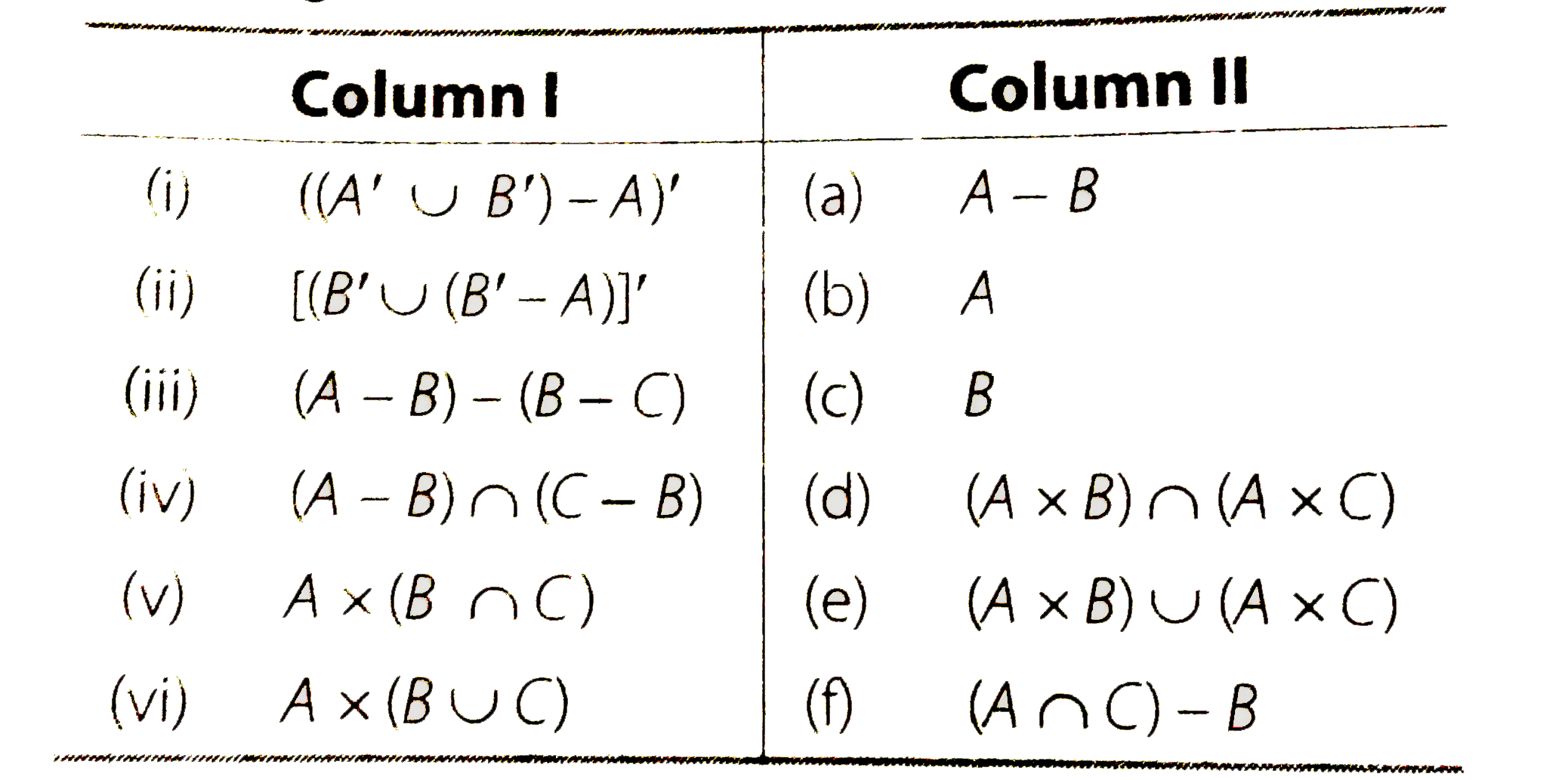Find the similarity in the following:
Ginger, Turnip, Carrot, Radish
A. All are red in colour.
B. All are round in shape.
C. All of them grow above the soil.
D. All are roots.
D
C
B
A
The correct Answer is:A
Step by step video, text & image solution for Find the similarity in the following: Ginger, Turnip, Carrot, Radish A. All are red in colour. B. All are round in shape. C. All of them grow above the soil. D. All are roots. by Reasoning experts to help you in doubts & scoring excellent marks in Class 14 exams.
Similar Questions
Knowledge Check
- Question 1 - Select One
Find the similarity in the following: Orange, Peach, Olive, Chrome
A. All of them are fruits.
B. All of them are names of seasons.
C. All of them are colours.
D. All of them are shades of orange.ACBBCDDA - Question 2 - Select One
Find the similarity in the following
Plays, Movies, Documentary , Road shows
A. All can be used to convery social messages
B. All are show - cased in theatres
C. All of them are only in English language
D. No similarityAABBCCDD - Question 3 - Select One
Find the similarity in the following:
Carbon, Silicon, Boron, Arsenic
A. All of them are gases.
B. All of them are non-metals.
C. All of them are metals.
D. No similarity.ACBBCADD
Find the similarity in the following :
Olive Oil ,Coconut Oil , Cod liver Oil , Sunflower Oil
A. All of them are vegetable oils .
B. All of them are rich in Vitamin A.
C. All of them are rich in Vitamin D.
D. All of them are oils .View SolutionFind the similarity in the following :
Elephant, Camel, Buffalo, Giraffe
A. The milk produced by all of them cannot be consumed by people.
B. all of them have horns.
C. Nonr of them are mammals.
D. The young ones of all them are called calf.View SolutionStatements:
All roses are red.
Some red are colour
All colour are paints.
Conclusions:
I. Some red are paints
II. All red are roses.View SolutionStatements
All A are B.
All B are C.
All C are D.
Conclusions
I. All A are D.
II Some D are A.
III Some C are A.
IV. All B are A.View SolutionStatements: All A are B. No B is C. All C are D.
Conclusions: I. Some C are A. II. Some D are C. III. Some D are not B.View Solution


